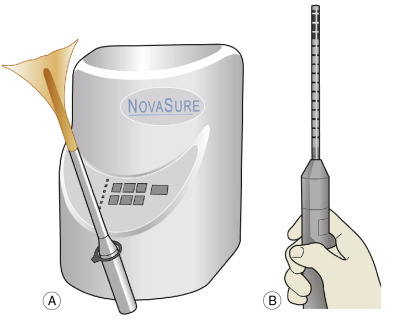Author: Tanvi Rana, MD and Nima R. Patel, MD, MS
Abnormal uterine bleeding (AUB) is a broad term for variations in normal menses. Normal duration of menstrual flow is 5 days, with normal menstrual cycles lasting 21 to 35 days. Heavy menstrual bleeding with normal cycles, historically called menorrhagia, is a large volume of menstrual blood loss quantified as >80 ml per cycle. Bleeding also may be prolonged, intermenstrual, frequent, and irregular. This language replaces prior terms such as metrorrhagia (bleeding between cycles); polymenorrhea (menses <21 days apart); and oligomenorrhea (menses >35 days apart).
The PALM-COEIN classification of AUB was adopted in 2011 to standardize terminology and reflect etiology: Polyp, Adenomyosis, Leiomyoma, Malignancy and hyperplasia, Coagulopathy, Ovulatory dysfunction, Endometrial, Iatrogenic, and Not yet classified. The PALM-COEIN terminology is used to classify the etiology of the bleeding; for instance, AUB-P would refer to AUB due to polyps.
| ||||||||||||||||||||||||||||
AUB occurs in 10% to 15% of reproductive-age patients, 5% of emergency room visits in nonpregnant patients, 30% of office visits, and 70% of gynecologic consults.2,3
- PALM-COEIN
- Additional etiologies: Pregnancy/miscarriage; atrioventricular malformation (AVM); cervical/endometrial infections; foreign body, such as intrauterine device (IUD) malposition; use of hormones, including oral contraceptive pills (OCPs) and long-acting reversible contraceptives (LARCs); anticoagulants; severe kidney or liver disease; thyroid disorders
